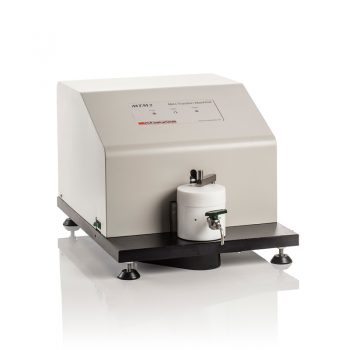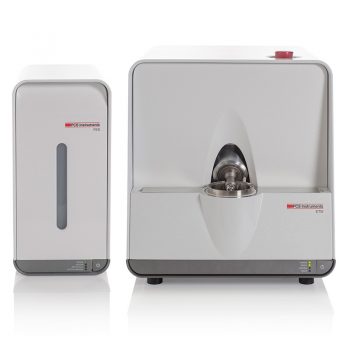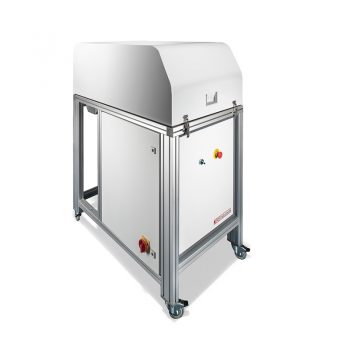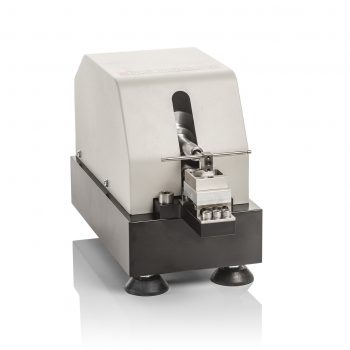Article
Merlot and Mistletoe: A Tribological Test of Holiday Drinks
01 Dec 2023
As we’re in the holiday period here at PCS Instruments, we thought it would be fun to investigate the tribological …
Read moreTribology isn't just for machines; it's found all around us in our everyday life. From skin creams to pet foods, tribology is shaping how we interact with the world on a daily basis.




The lifestyle industry is ever growing and while it is a relatively new area for tribological research compared to mechanical systems, research in this field has grown rapidly in more recent decades. This research is spread across the wide range of sectors that “lifestyle” covers and many researchers around the world are utilising PCS’ instruments to facilitate these studies.
One example of an area of intense and expanding research is the tribology of personal care products. Researchers are working hard to link data from laboratory based tribological testing to what is reported by consumers. Doing this enables the objective, quantitative assessment of formulations. With bench top testing being substantially quicker and cheaper than most consumer panel testing, this process of tribological study enables more formulations to be tested and developed to result in the best possible product.
Using PCS’ instruments, the process of applying product to the skin can be mimicked and the frictional properties of the lubricant (e.g. skin cream) can be determined. Samples can be tested using specimens with similar properties to that of the skin or to custom, user defined profiles. The results produced can then be compared to market leading products and feedback from consumer testing.

A ball-on-disc instrument for measuring the frictional properties of lubricated and unlubricated contacts under a wide range of rolling and sliding conditions.
Learn more

Ball-on-disc instrument for measuring the frictional properties of lubricated and unlubricated contacts under extreme pressures and a wide range of rolling and sliding conditions.
Learn more

Triple disc machine for researching rolling contact fatigue (RCF) failure mechanisms in the form of micro and macro pitting under lubricated and unlubricated conditions.
Learn more

A ball-on-plate reciprocating friction and wear test system, assessing the performance of both fuels and lubricants under boundary conditions.
Learn more